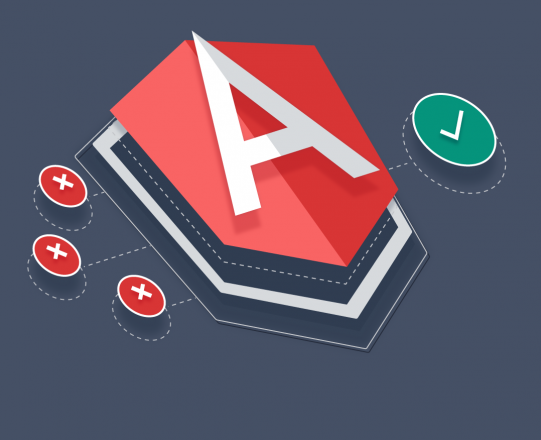
A web application development process is an essential part of any successful business in today’s digital world. If you run an e-commerce store, you need a web application to sell your products and services online. However, developing a web application from scratch can be very time-consuming and expensive if you don’t have the right tools and knowledge available to you. With AngularJS, one of the most popular JavaScript frameworks today, creating fast and scalable web applications have never been easier or more affordable for developers of all skill levels.
Web application development is a tedious and time-consuming process that involves a lot of documentation, coding, back-end server installation, client-side development, and more.
For example, developing one Web application can take up to five months in some cases. Angularjs web application development has been designed to speed up all of these processes by providing users with a solution for speeding up JavaScript applications.
There are a lot of JavaScript frameworks out there which are used for creating fast and robust web applications. One such framework is AngularJS.
It is a structural framework that enhances HTML’s syntax to support developing single-page applications. If you want to find out what makes it so powerful, read on further. Let us first have a look at some key features of AngularJS:
In traditional MVC frameworks like Backbone or Ember, one can bind models with views only in one direction (from model to view).
However, with Angularjs web application development, two-way data binding occurs when one updates a model property or an array property.
The same update gets reflected in its view as well. This is achieved by watching expressions defined in ‘model’ scope properties and updating them accordingly.
Another interesting feature of AngularJS is dependency injection. We can pass our dependencies from controllers to other controllers using dependency injection.
For example, if we need $scope service in controller A, controller A should define a function named inject($scope) that returns $scope object and then use that function in controller B where it requires $scope object.
These are custom HTML tags used to enhance user experience. We can create our own directives using AngularJS functions.
Filters are used to format values in templates.
Templates contain markup written inside double curly braces {{}}.
Modules help organize code into logical blocks and reusable group components together.
Data binding is useful for displaying dynamic content inside a template without having to write any extra code.
Routing helps navigate between different pages or views in your application.
AngularJS uses RequireJS to load modules asynchronously.
Tests can be written easily since all of these are just JavaScript objects, thus making testing easy and quick.
Suppose you are an individual with an idea of developing a web application for your business and want to explore the option of using AngularJS in building it. In that case, you will find this article useful in guiding you on how AngularJS development can speed up your web application development process.